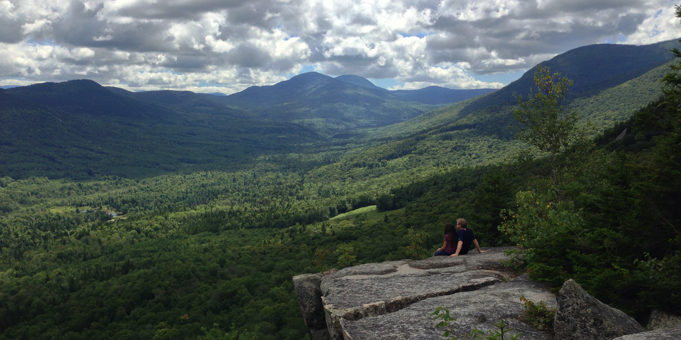12 Titles that Make the Perfect Holiday Gift for Occasional Climate Readers
Find the perfect climate book for everyone in your life.
by Michael Svoboda
December 9, 2022
For this year’s holidays, Yale Climate Connections has created two bookshelves: one for occasional climate readers and the other for climate activists and academics.
How do the titles in the two lists differ from each other? Included in this first list are new examples of long-standing popular genres: nature and natural history, history, current events, financial advice, and fiction. Climate change is not always the central focus, and the writing is generally easier to read. By contrast, most of the titles in the second list are published by university presses, written in more academic prose, and focused on specific aspects of climate change. Not everyone’s cup of tea.
But anyone might enjoy Paul Smith’s beautifully illustrated book on trees, novelist Annie Proulx’s personalized natural history of wetlands, or filmmaker Priyanka Kumar’s memoir about the birds in her life.
Douglas Brinkley’s magisterial account (over 850 pages) of the environmental movement will impress readers of history, while the works by climate and energy expert Hal Harvey and former journalist Justin Gillis (The Big Fix) or British author and climate activist George Monbiot (Regenesis) will captivate readers who follow climate change through the news.
For readers with a financial bent, there’s Bruce Usher’s guide to “investing in the era of climate change” and Gallup CEO Jon Clifton’s analysis of what global polling data reveal about the interconnections between the environment, economics, and human happiness and well-being.
Finally, the four fictional titles offer gift-givers a choice of genres: experimental, suspense, young adult disaster tale, and action-thriller.
In short, something for every reader in one’s life.
As with all of Yale Climate Connection’s monthly bookshelves, the descriptions of the titles are adapted from copy provided by the publishers.
The above article was first published by Yale Climate Connections, an initiative of the Yale Center for Climate Communication.


Recently on Twitter